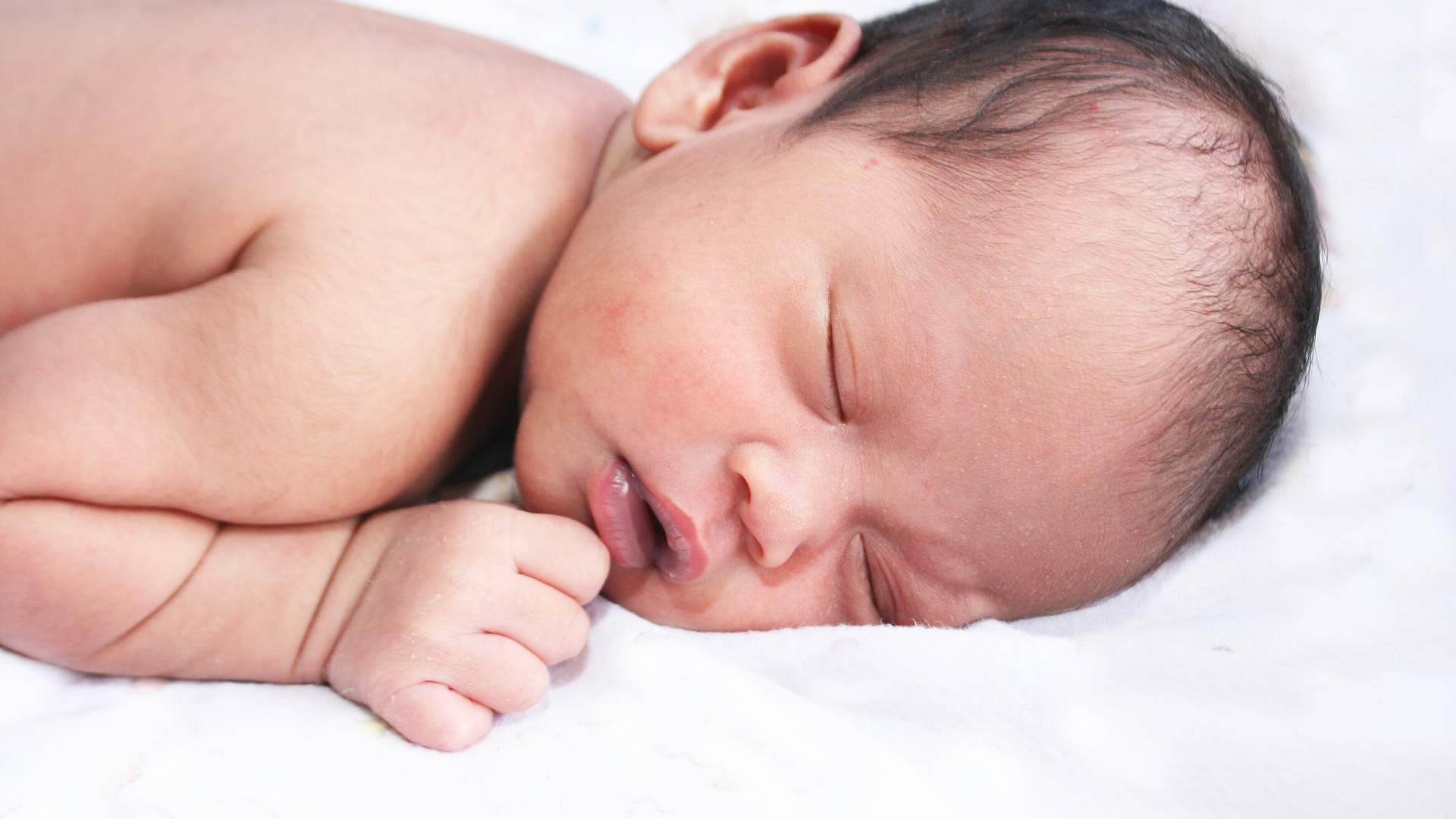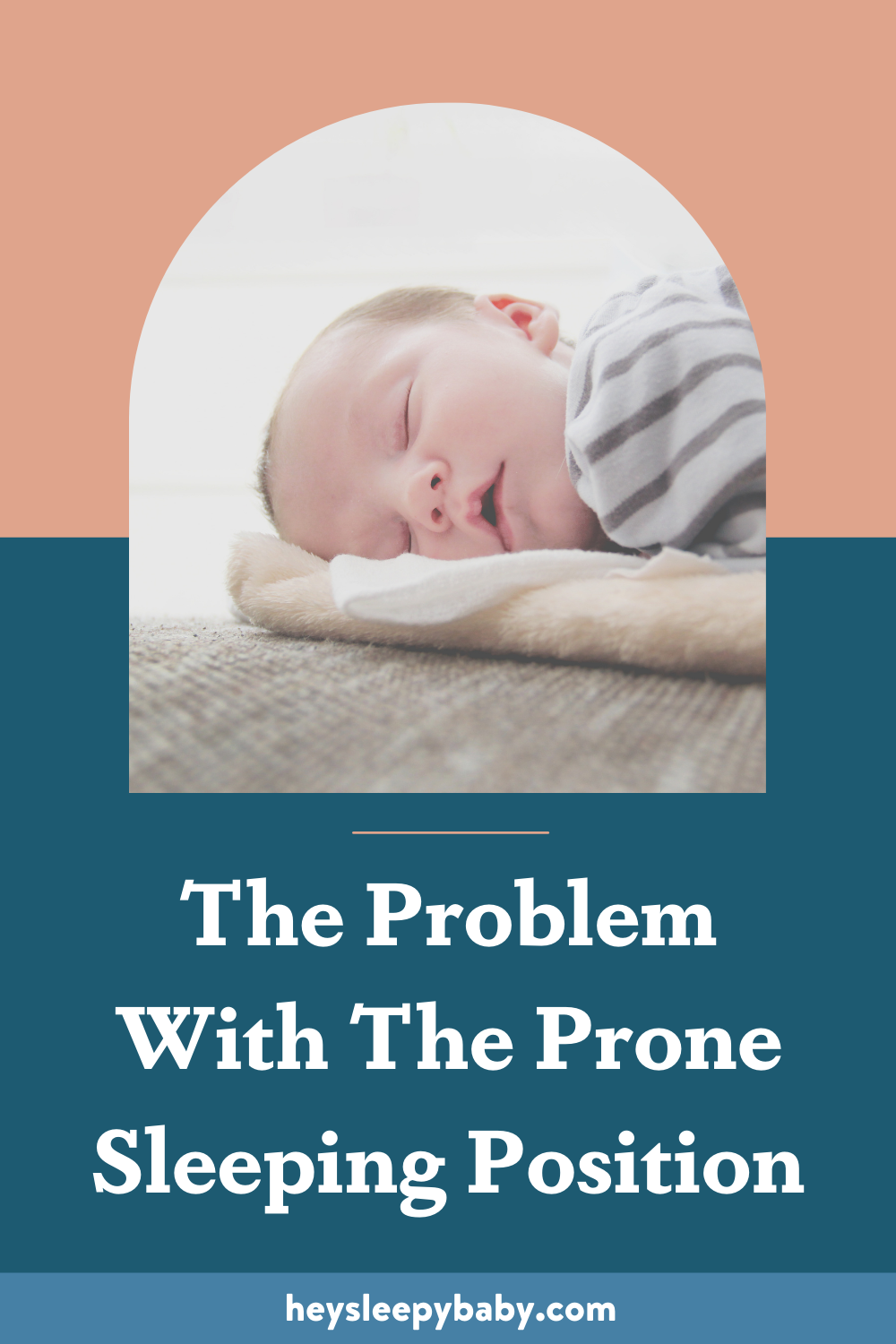Bed Sharing & the Problem with the Prone Sleeping Position
Can bedsharing protect against certain risk factors known to cause adverse infant health outcomes? We are likely all familiar with the current narrative surrounding bedsharing that is largely driven by fear and recommendations that focus on separation as the safest option. Contrary to that mainstream approach, safe bedsharing practices do exist, and many families across the globe have utilized them for centuries. One of the most valuable features of bedsharing is that it naturally ensures that an infant stays on their back or side while sleeping, instead of rolling onto their belly to what is sometimes referred to as a prone sleeping position.
A known risk factor for sudden infant death syndrome (SIDS) is the prone sleeping position. When an infant ends up on their belly and does not have the ability to roll back, or control their head and neck, this can lead to the often-life-threatening belly and face down position. When a baby is stuck in this position, myriad of dangers present, such as “fewer arousals, increased sleep duration, increased amounts of non-REM sleep, and the lethal rebreathing of co2” (Richard et.al, 1996).
While the Richard, et.al study referenced above is from 1996 and uses a small sample size of 12 mothers, all of whom were exclusively breastfeeding, it is one of the earliest formal observations of how bedsharing infant and mother dyads manage to navigate towards each other, even while sleeping, as a mechanism of protection.
Have You Ever Bedshared for a Night?
If you have bedshared with your baby, you may have noticed that they don’t manage to end up far from you, especially younger babies. Even in instances when bedsharing is not a routine practice in your household, but might happen on a hard night, babies will likely end up in a face-to-face position with their mother.
As the 1996 study observed, when infants and mothers naturally find themselves face-to-face, this tends to happen in very close proximity as well. This close positioning also has powerful effects on infant sleep due to coregulation, and other types of sensory exchanges that make it easier for a mother to know where her infant is, and how they are positioned, even when neither of them is fully awake.
Research Has Limitations
Studies like this do not paint a full, comprehensive picture of all bedsharing practices, rather they specifically provide context to very distinct research questions. In this case, with the 12 mother and infant dyads studied, bedsharing and the intersection of breastfeeding, proved to be a strong protective factor that helped to ensure that infants did not roll onto their belly while sleeping which has the potential to put them in a vulnerable position that is a known risk factor for SIDS.
When examining research, it is crucial to understand if there are limitations, if the study might be missing context, or in this case, if there is a very small and very specific sample of people being studied. While the information is useful in the broader conversation around infant sleep, it is impossible that this type of study can, and should be representative of all bedsharing practices.
For safer bed sharing guidelines, visit La Leche League USA for the Safe Sleep Seven.
References:
Christopher Richard, Sarah Mosko, James McKenna, Sean Drummond, Sleeping Position, Orientation, and Proximity in Bedsharing Infants and Mothers, Sleep, Volume 19, Issue 9, November 1996, Pages 685–690, https://doi.org/10.1093/sleep/19.9.685
Words by Kaylene Way Hedgepeth, 2021.





